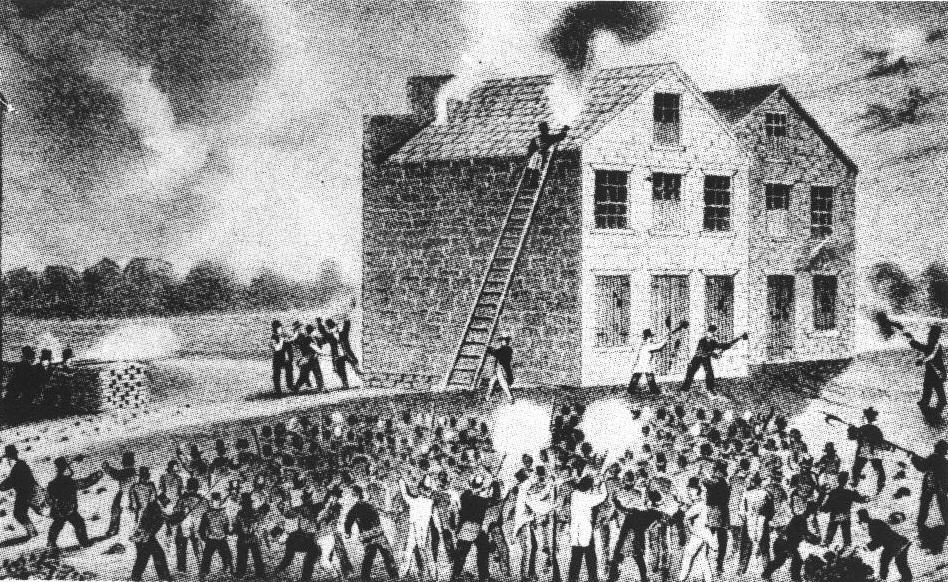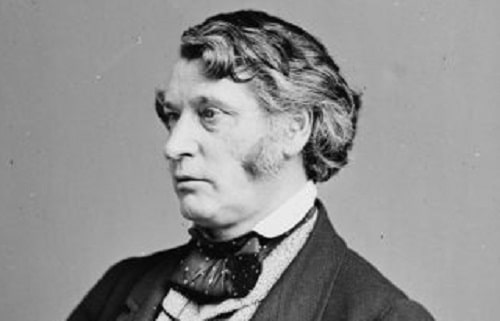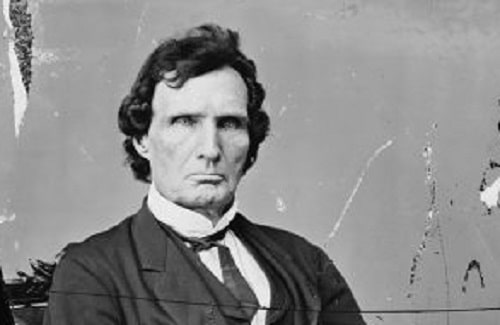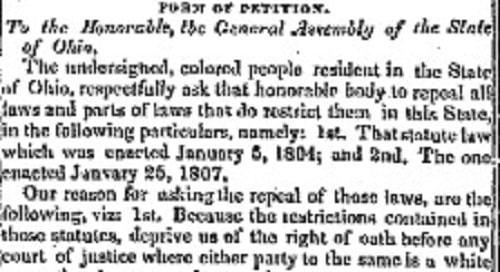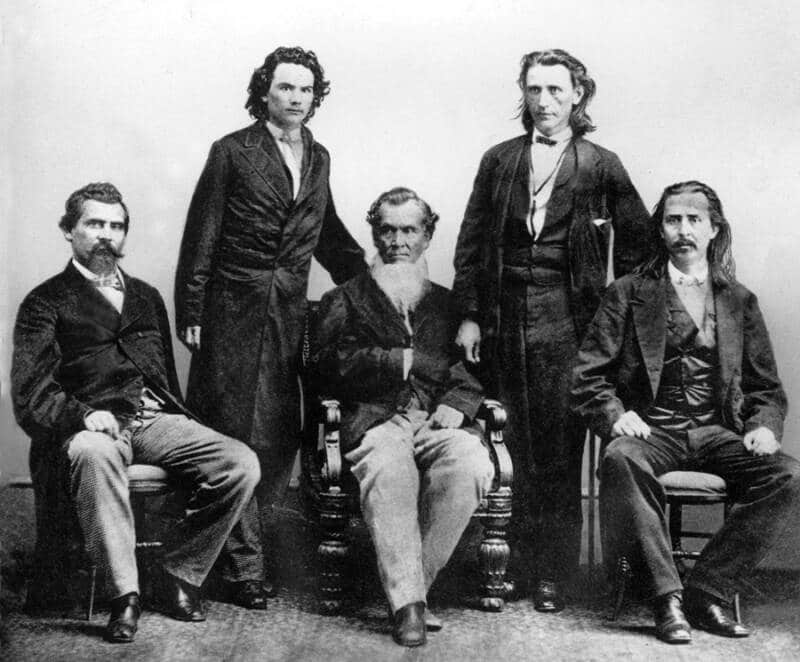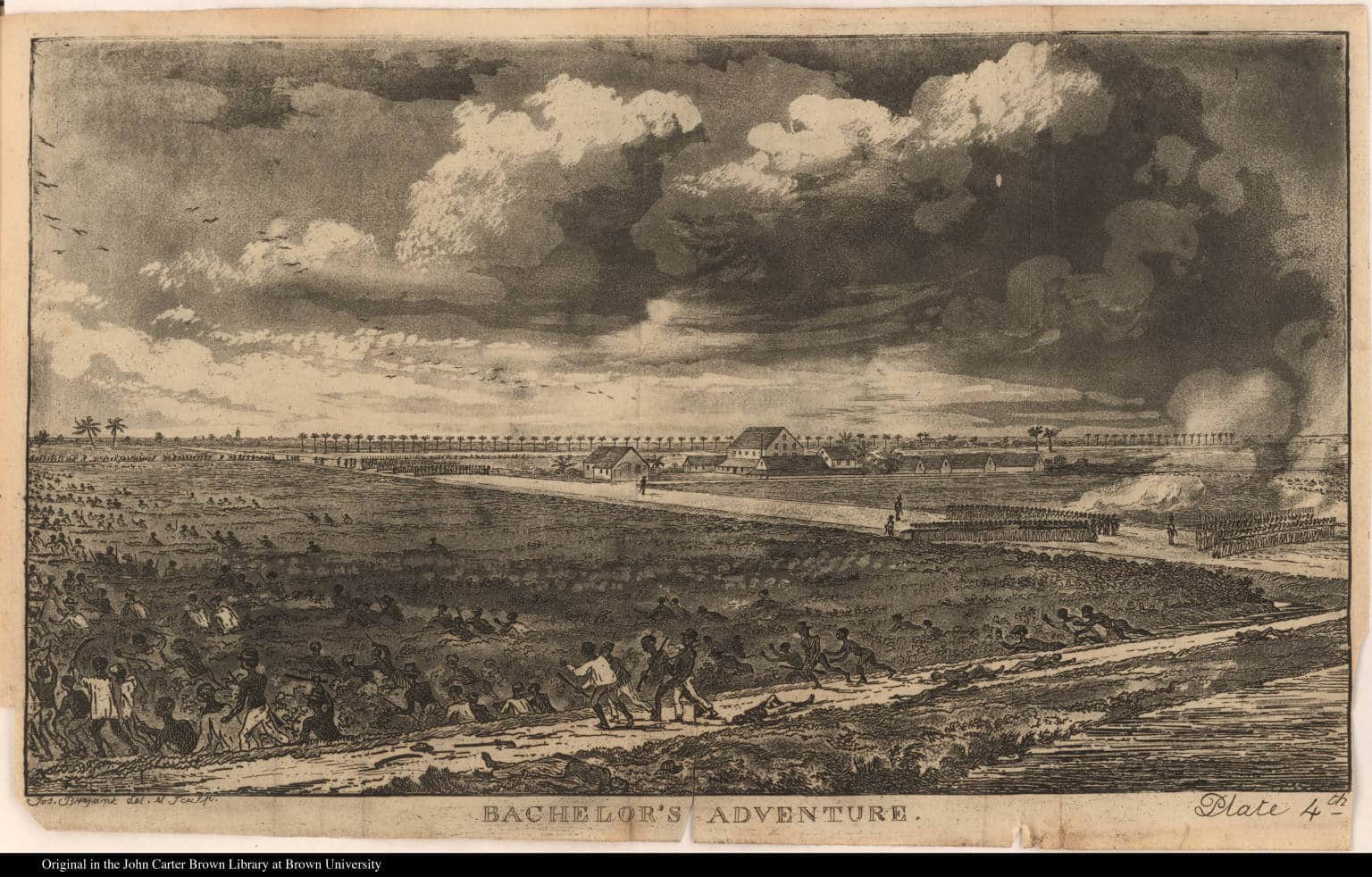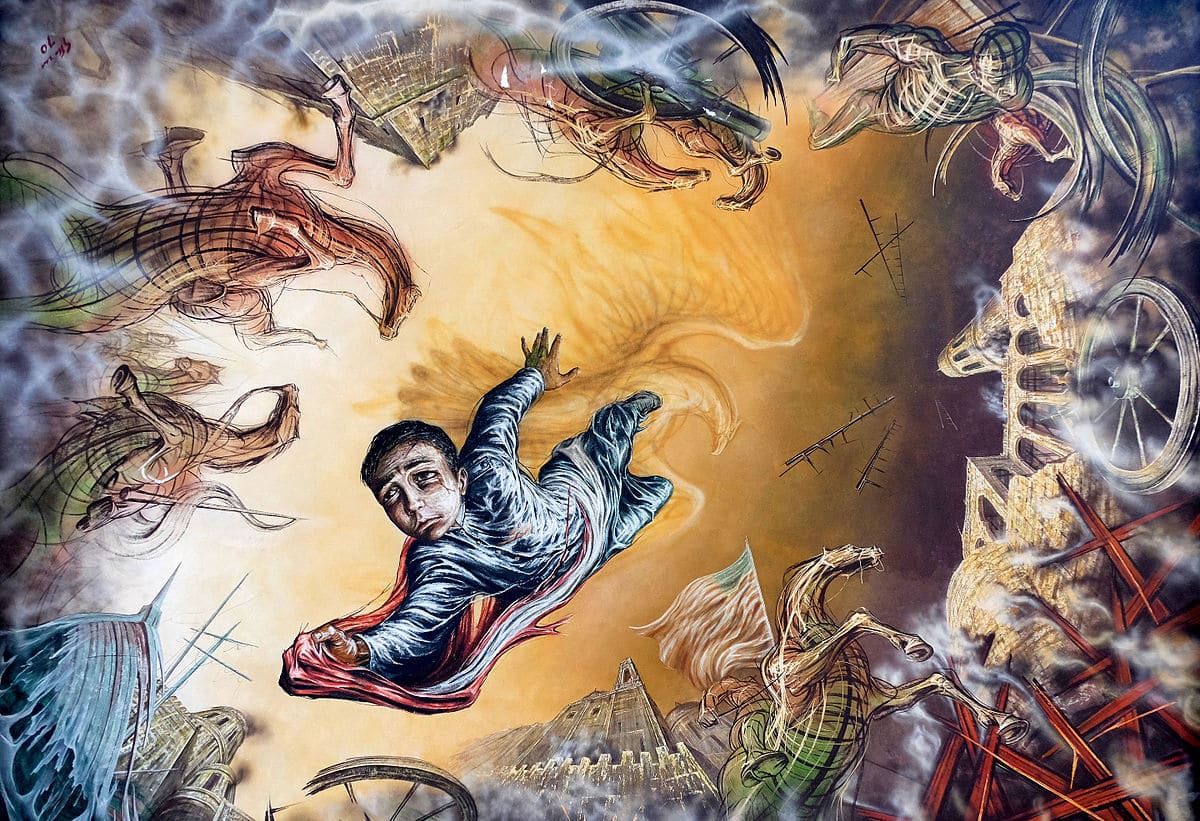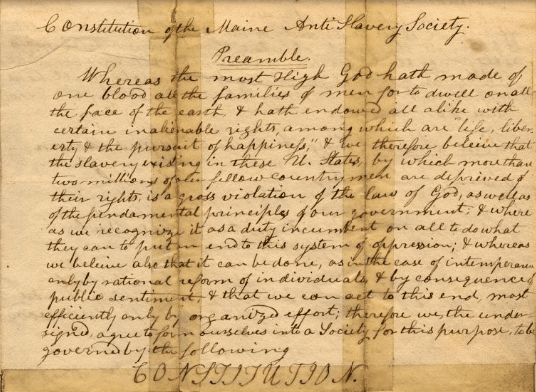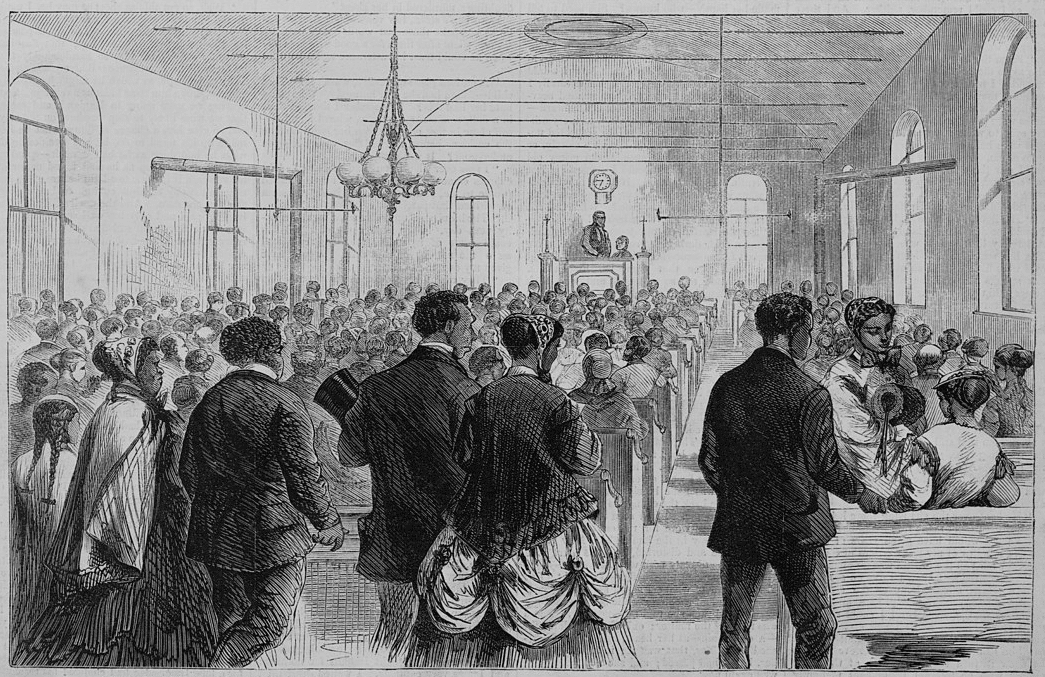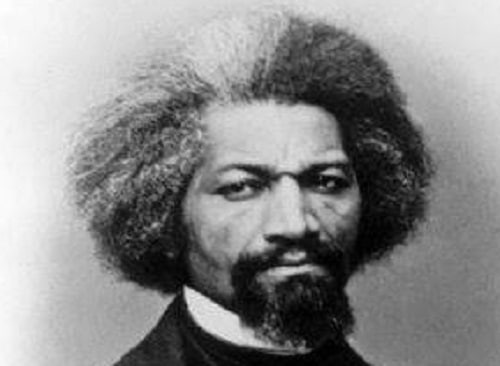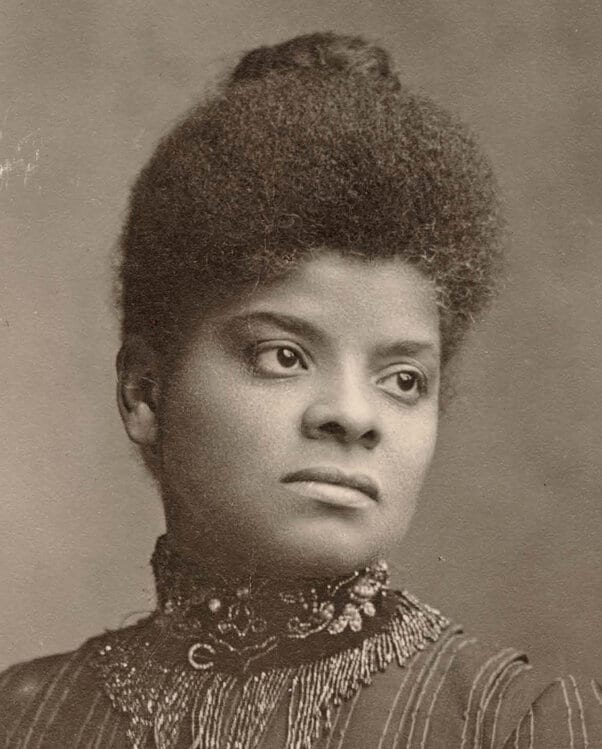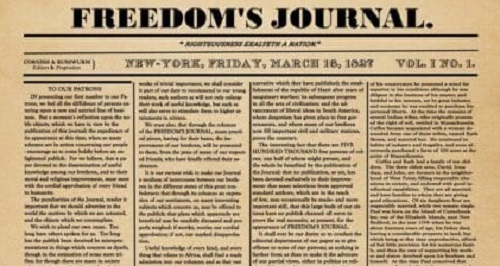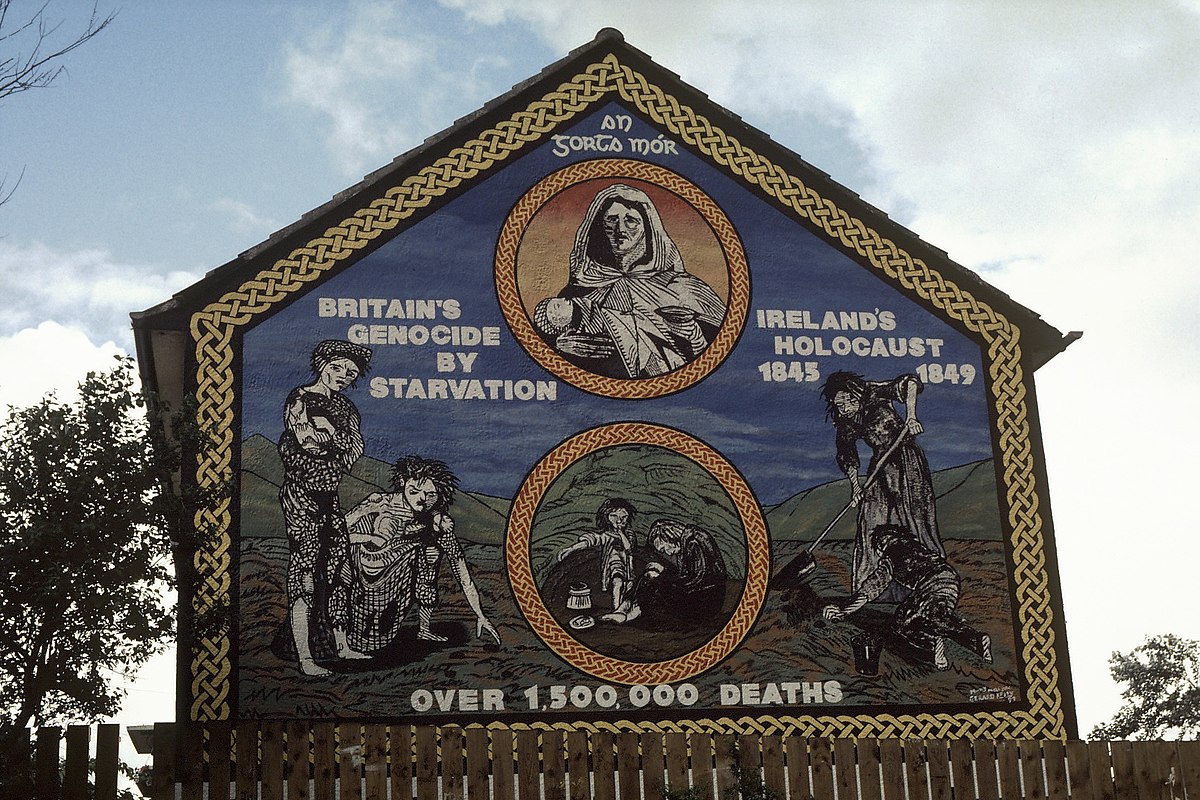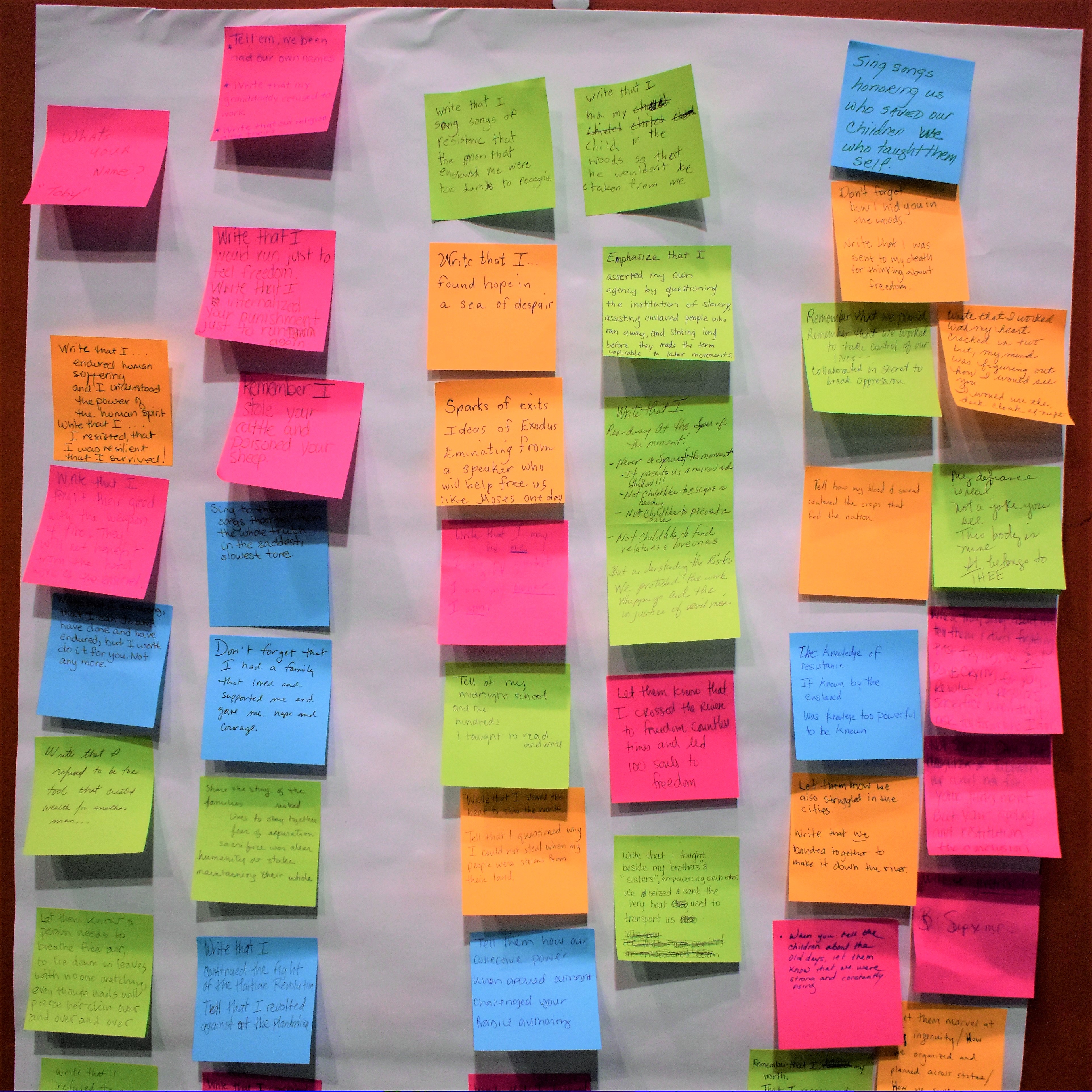David Walker published An Appeal to the Coloured Citizens of the World, one of the most important documents of the 19th century.
Continue reading
Minister, journalist, newspaper editor, and abolitionist Elijah Parish Lovejoy was murdered by a pro-slavery mob.
Continue reading
Born on this day in Massachusetts, Charles Sumner was outspoken against slavery, for full recognition of Haiti, against the U.S.-Mexico War, for true reconstruction with land distribution, against school segregation, and much more.
Continue reading
Thaddeus Stevens gave a speech in the Pennsylvania House of Representatives in defense of the Free Schools Act of 1834, which moved the state House to vote against repeal and the Senate to take another vote in support of free public schools.
Continue reading
The first general convention of African American Ohioans met in Columbus and pledged to continue raising their voices in order to repeal the Black Codes.
Continue reading
The Slave Revolt of 1842 — when dozens of enslaved Black people in Webbers Falls, Oklahoma fought back and briefly escaped from their Cherokee overseers — was the largest rebellion of enslaved people in Indian Territory history.
Continue reading
Book — Non-fiction. By Gerald Horne. 2022. 632 pages.
A detailed history of counterrevolutionary forces in Texas state history.
Continue reading
Book — Non-fiction. By Alice L. Baumgartner. 2020. 384 pages.
The story of why Mexico abolished slavery and how its increasingly radical antislavery policies fueled the sectional crisis in the United States.
Continue reading
After becoming governor of Florida in 1821, Andrew Jackson attacked the native and Black maroon community at Angola.
Continue reading
This was the largest uprising of the enslaved against their British overseers in Guyana. The uprising was ended after a few days, though it served as a catalyst for the abolition of slavery in British colonies soon thereafter.
Continue reading
The Niños Héroes (translated as Boy Heroes or Heroic Cadets) were six military cadets killed in the Battle of Chapultepec, one of the last battles of the U.S. Mexico War.
Continue reading
The first Maine Anti-Slavery Society Convention was held in Augusta.
Continue reading
The first Colored Convention in Maine was an opportunity for northern Black abolitionists to organize and strategize for racial justice and the freedom of those still enslaved throughout the South.
Continue reading
In protest of Jim Crow discrimination on public transportation, Frederick Douglass and his friend, white politician James N. Buffum, boarded a Eastern Railroad Company train, in a first class car and were promptly ejected from the train.
Continue reading
Ida B. Wells stood up to injustice by refusing to change seats on a segregated Chesapeake, Ohio & Southwestern Railroad train, leading to a legal battle over racially discriminatory laws.
Continue reading
Teaching Activity. Smithsonian’s National Museum of the American Indian Native Knowledge 360° initiative. 9 pages.
Provides primary sources, maps, images, and background history to offer teachers and students insight into the impact of the California gold rush on Native Americans.
Continue reading
At 15 years old, William Freeman was incarcerated in the Auburn State Prison, America’s original prison for profit. From the start, he challenged the system of convict leasing.
Continue reading
Enacted in response to David Walker’s Appeal, this law criminalized the distribution of materials that could incite rebellion to slavery, reflecting fears of literacy empowering resistance.
Continue reading
One of many anti-literacy laws at the time, this law prohibited the establishment of schools for Black students who were not residents of Connecticut.
Continue reading
Enacted following Nat Turner’s Rebellion, this Virginia law prohibited the education of enslaved and free Black people, seeking to suppress potential uprisings. Several other states enacted similar bans at this time as well.
Continue reading
Freedom’s Journal was the first African American owned and operated newspaper in the United States.
Continue reading
Book — Historical fiction. By Louise Erdrich. 1999. 244 pages.
Historical fiction set in the mid-19th century in the Lake Superior area. Part of a series of chapter books.
Continue reading
Teaching Activity. By Bill Bigelow. Rethinking Schools. 5 pages.
A trial role play helps students reflect on responsibility for the deaths of Irish peasants during the so-called potato famine.
Continue reading
Teaching Activity. By Adam Sanchez.
Through a mixer activity, students encounter how enslaved people resisted the brutal exploitation of slavery. The lesson culminates in a collective class poem highlighting the defiance of the enslaved.
Continue reading
Today’s border with Mexico is the product of invasion and war. Grasping some of the motives for that war and some of its immediate effects begins to provide students the kind of historical context that is crucial for thinking about the line that separates the United States and Mexico.
Continue reading


